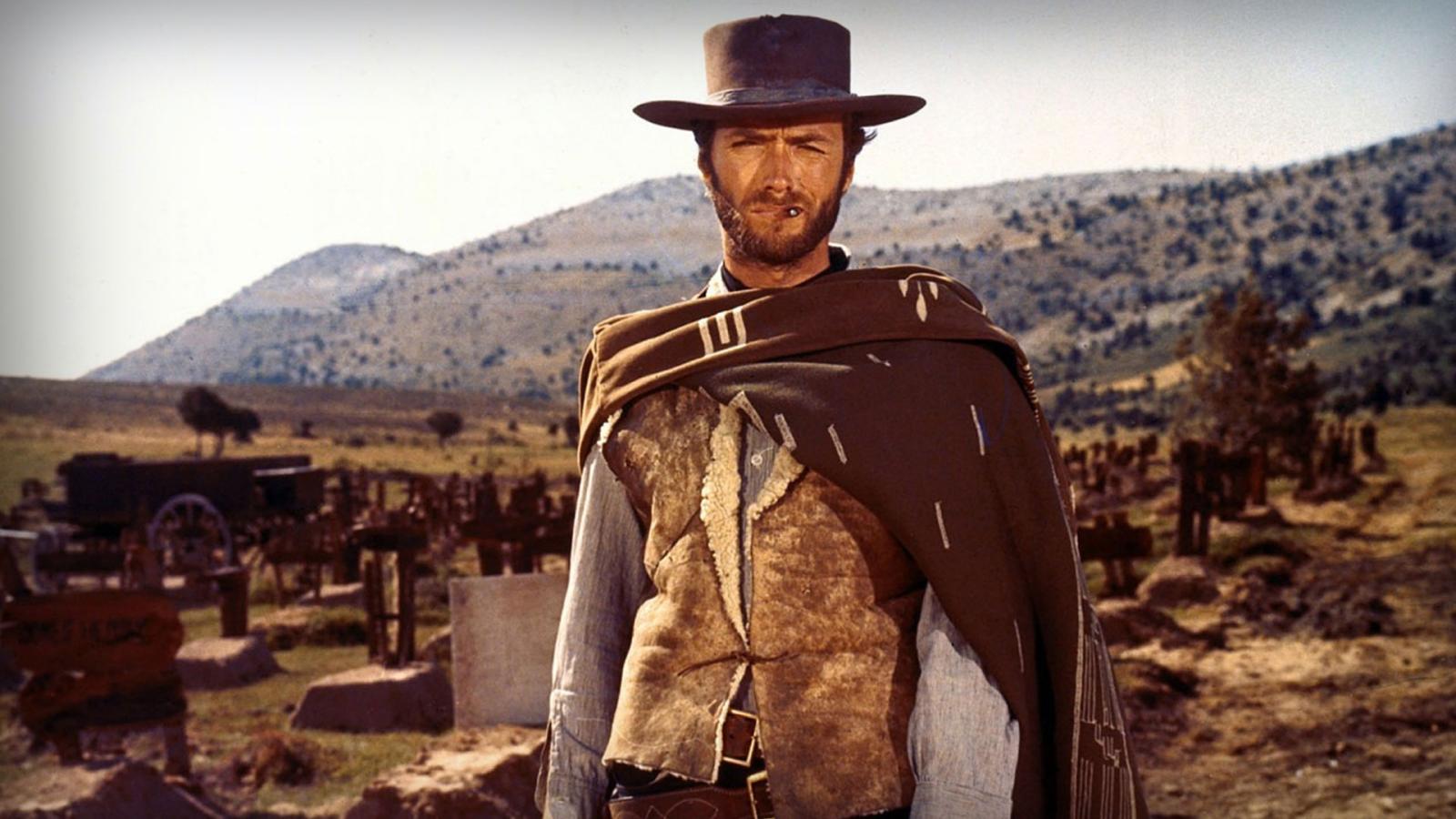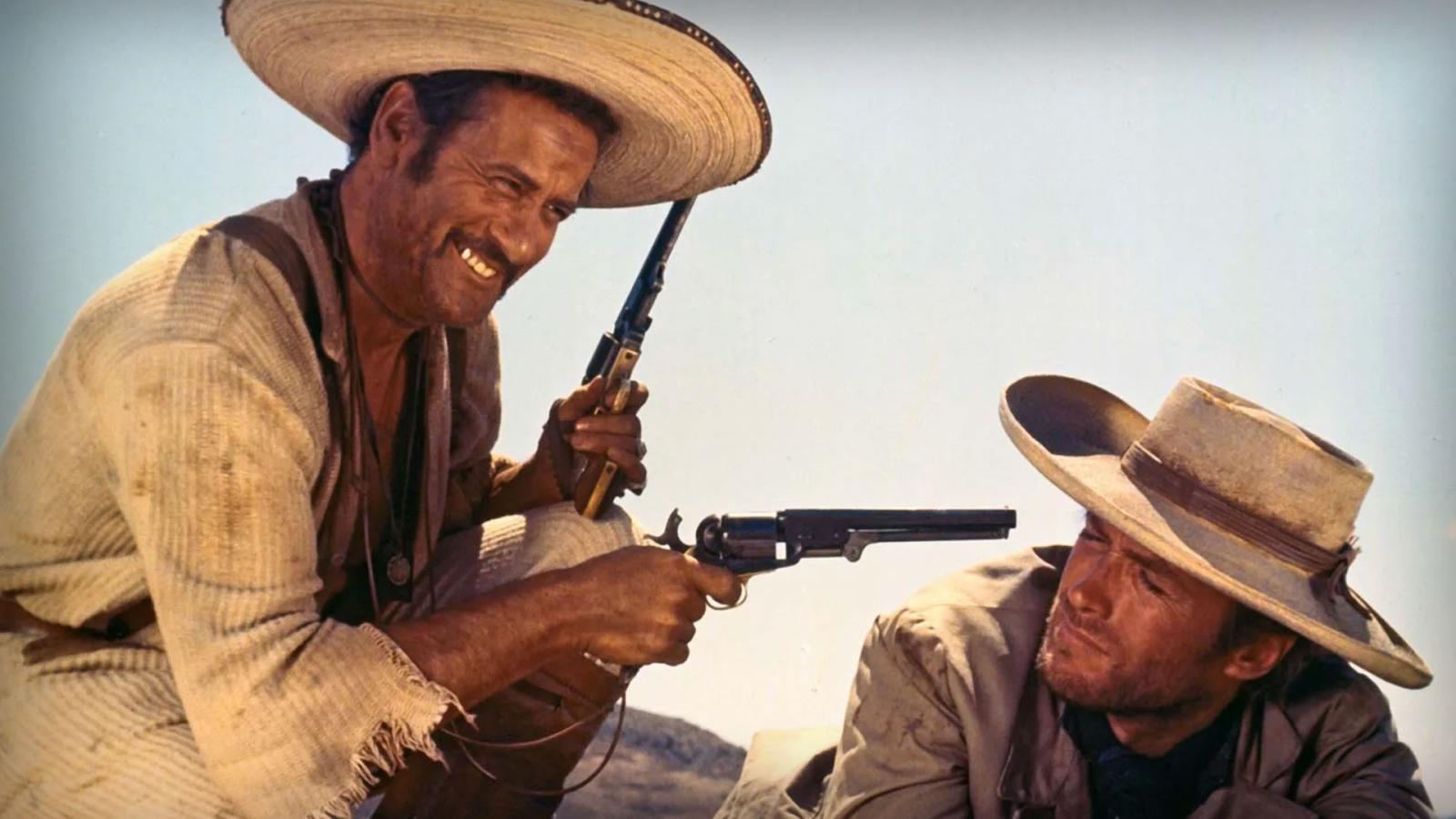Tarantino Calls This 1966 Western the Best-Directed Movie Ever

Quentin Tarantino is never short on opinions, especially when it comes to the Westerns that shaped him.
And while his own films — from Django Unchained to The Hateful Eight — are steeped in genre love, there's one movie he holds above the rest. One he calls, flat-out, the greatest achievement in the history of cinema.
It's not Shane, not Stagecoach, not even High Noon.
It's Sergio Leone's 1966 epic: The Good, the Bad and the Ugly.

Tarantino's been open for decades about how Leone's work — and Spaghetti Westerns more broadly — reshaped his understanding of genre filmmaking. Leone, he argues, didn't try to capture the reality of the Old West. He captured the myth, the mood, the pure cinematic fantasy of it. And The Good, the Bad and the Ugly was where it all came together.
Why This Movie?
Tarantino sees the film not just as a Western, but as a turning point — a cinematic bridge between the Golden Age of Hollywood and modern filmmaking. He's even cited specific scenes as direct influences on his own work. The intro of Hans Landa in Inglourious Basterds, for example, was modeled after the methodical menace of Angel Eyes, played by Lee Van Cleef.

Tarantino's praise focuses on Leone's command of tone, suspense, and scale — especially his use of silence and space. Long, quiet scenes build unbearable tension before erupting in violence. It's filmmaking with confidence and patience, something Tarantino values deeply.
In his words, the entire Dollars Trilogy is a masterclass — but The Good, the Bad and the Ugly is its high watermark.
What Makes It Stand Out?
Here's what sets The Good, the Bad and the Ugly apart — for Tarantino and nearly everyone else who's studied it:
- Directed by Sergio Leone, who defined the Spaghetti Western
- Scored by Ennio Morricone, whose theme became instantly iconic
- Starred Clint Eastwood, Eli Wallach, and Lee Van Cleef as three iconic archetypes
- Budget: $1.2 million
- Worldwide gross: $38.9 million
- IMDB rating: 8.8/10
- Currently streaming on: Prime Video, YouTubeTV, The Roku Channel
The film isn't just visually inventive — it's structurally bold. It tells three interwoven stories of antiheroes chasing buried Confederate gold, each with their own shifting loyalties, betrayals, and brutal methods. Leone used vast wide shots, extreme close-ups, and Morricone's score to heighten every stare-down and every gunshot.